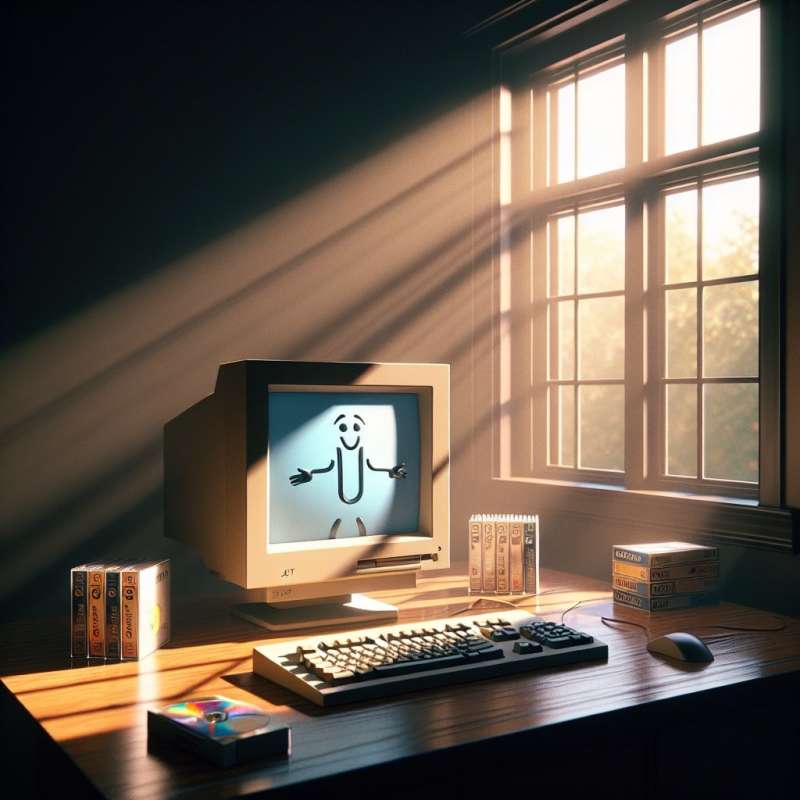
Defining Virtual Assistants
Virtual assistants are software agents capable of performing tasks or services. They utilize AI, machine learning, and natural language processing to interpret and respond to user requests.
Early Virtual Assistants
The first recognizable virtual assistant was Clippy, the Microsoft Office Assistant. Introduced in 1997, it used a rudimentary decision tree to offer help, but lacked advanced AI capabilities.
Advanced AI Integration
Modern virtual assistants like Siri and Alexa employ advanced AI. They understand context, remember past interactions, and even anticipate user needs through predictive analytics.
Beyond Simple Tasks
Today's virtual assistants manage complex operations. They control smart homes, assist in healthcare by setting reminders for medication, and offer personalized shopping experiences.
Virtual Assistants' Impact
Virtual assistants have significantly changed the way people interact with devices, increasing productivity and offering new levels of convenience. They're expected to handle over $8 billion in transactions by 2023.
Privacy Considerations
Virtual assistants raise privacy concerns. They process vast amounts of personal data, leading to questions about data security, consent, and ethical use of information.
The Future of Virtual Assistance
Future virtual assistants will likely be more predictive, proactive, and personalized. They may evolve into full-fledged digital companions, deeply integrated into our daily lives.
What do virtual assistants utilize?
Basic decision trees only
AI and machine learning
Clippy's advanced AI tech
Company